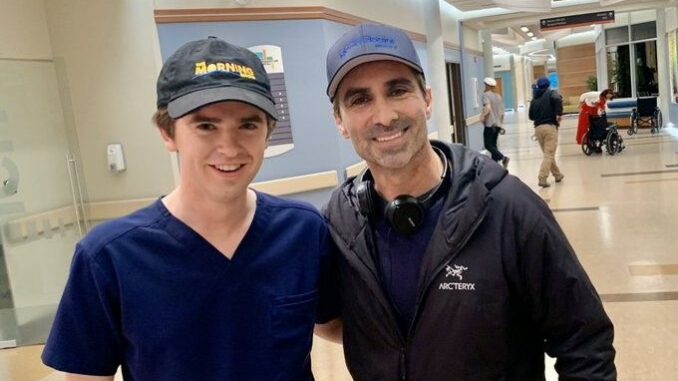
Ever since The Good Doctor premiered in 2017, it has captivated audiences with its heartfelt performances, ethically complex storylines, and a central character whose neurodivergence brings a fresh lens to medical drama. While episodes like the pilot, “More,” and “Quarantine” often steal the spotlight, a treasure trove of hidden gems lies scattered throughout the seasons—episodes that didn’t receive mainstream praise but quietly delivered some of the show’s most poignant, character-deepening moments.
While it doesn’t boast a jaw-dropping plot twist, this episode showcases Shaun’s intense desire to prove himself as a surgical lead. His confrontation with Dr. Lim and the deepening camaraderie with Dr. Carly Lever add layers to his character development. It’s a quiet but emotionally rich episode that rewards longtime viewers. One of the more emotionally driven episodes from the later seasons, “Boys Don’t Cry” tackles masculinity and grief in unconventional ways. As Dr. Park reconnects with his son and confronts his own vulnerabilities, the show leans into a rarely explored theme in male-centered storylines—emotional honesty. It’s a slow burn, but well worth it.
Often overshadowed by its first part, “Islands: Part 2” delivers a subtle and heartbreaking reflection on family, sacrifice, and letting go. Shaun’s decision to return home briefly, and Lea’s unexpected goodbye, tug at the heartstrings in ways that would shape Shaun’s emotional journey for seasons to come. It’s an early masterclass in balancing plot and emotion. In this episode, Dr. Glassman struggles with a difficult case involving an old friend, while Shaun questions how logic and emotion can coexist in decision-making. It’s a quiet meditation on moral gray areas and personal biases. Often overlooked because it doesn’t have an explosive central event, the episode rewards viewers who appreciate nuanced character work.
An unusual title hides an emotional core. This episode examines burnout, institutional neglect, and Shaun’s struggles to navigate romantic communication with Lea. The show weaves together multiple character arcs in a way that feels grounded and truthful. Despite its comedic name, the episode deals with very real adult challenges. While Part 1 gets most of the love for its tension-filled cliffhangers, Part 2 deserves recognition for its emotional fallout. We witness heroes rise, lives change, and a hospital on the edge. Shaun’s meltdown in the chaos is raw and brilliantly acted. The emotional consequences reverberate long after the virus is contained.

This early episode is often buried under flashier moments in Season 1, but it is one of the most emotionally powerful. When Shaun insists that a young patient might be his deceased brother, the lines between grief and science blur. The episode explores survivor’s guilt, memory, and how trauma shapes identity. Social media, activism, and medical truth collide in this episode featuring a famous influencer who refuses treatment. The writers skillfully critique digital celebrity culture while still treating the patient with empathy. Meanwhile, Shaun struggles with honesty in relationships, exposing his emotional immaturity in a relatable and heartbreaking way.
Arguably the most overlooked episode in the entire series, “The Uncertainty Principle” delivers a triple punch of powerful writing, acting, and thematic depth. Shaun grapples with making decisions without clear answers, Claire faces the aftermath of her mother’s death, and Dr. Andrews questions his role as a leader. This episode pulls no punches emotionally and rewards viewers who have been with the characters since the beginning.
While The Good Doctor is known for its dramatic season finales and high-stakes medical cases, these quieter, underrated episodes remind us what the series does best—exploring the emotional, moral, and psychological nuances of its characters. Each of these episodes may have flown under the radar, but together, they form the beating heart of the show.
They offer context to relationships, explore personal growth, and challenge societal norms, all while staying grounded in the hospital setting that fans love. Whether it’s Shaun learning to manage his feelings, Claire finding her voice, or Dr. Glassman questioning his legacy, these episodes bring depth to characters we’ve grown to love.
The greatness of The Good Doctor lies not just in its grand revelations, cliffhangers, or shocking exits—but in the smaller, more intimate episodes that expand the emotional landscape of the show. These ten underrated gems offer some of the most thoughtful, poignant, and surprising moments of the series. So if you’re rewatching the show or just catching up, don’t skip over these quieter chapters. Sometimes, the best lessons—and the most unforgettable stories—are found in the episodes no one talks about.
